Navigation
We have been told by our suppliers that we sell more corrective lens dive mask than the whole of the rest of the Australian dive industry combined. It's because of the detailed information on this web page, plus our excellent customer service and everyday low prices. Please read the following information carefully. Then join the thousands of divers and snorkellers who are seeing clearly underwater using a corrective lens mask from The Scuba Doctor.
Prescription vs Corrective Lens Masks
If you wear prescription glasses, diving and snorkelling masks fitted with lenses with your exact prescription can be obtained. But it's very expensive and time-consuming. Most divers and snorkellers don't require this expensive solution and their needs can be solved with less expensive and quick to obtain corrective lens mask solutions. The important thing here is to make sure that the variety of your needs are taken into consideration and the right solution is chosen.
Negative Correction Lens — If you are a snorkeller you probably just need to see objects in the distance, therefore a distance only correction lens can be used with selected masks. That's the case for many divers as well. The solution is what we call a negative corrective lens mask — a negative correction to the whole lens, for short/near-sighted people with myopia.
Positive Correction Lens — For some scuba divers and snorkelers it's the reverse and and they need positive correction lenses for near vision issues. The solution is what we call a positive corrective lens mask — a positive correction to the whole lens, for long/far-sighted people with hypermetropia.
Bifocal Correction Lens — Some scuba divers just need a bit of help reading their gauges, dive computers, or camera controls. The solution is what we call a 'bifocal', or 'gauge reading', corrective lens mask — clear or planar on top and a lower pane with positive correction for reading.
Sometimes snorkellers and scuba divers have eye shapes that require lens shapes not available with corrective lenses. They need an exact, full prescription lens mask solution, and we can't provide it.
Also, some divers may need both distance correction to see the underwater life, and near correction to read gauges and dive computers. Therefore, depending on your prescription, true bifocal, or truncated, full prescription lenses may be required — distance correction on top and a lower pane with positive correction for reading. This is what we call a full bifocal prescription lens mask solution, and we can't provide it.
Your optometrist is the best person to advise you as to which of the above solutions are right for you. Please show them this web page so that they can understand what we can and can't do. Then they can give you the right and left eye correction values we need to provide your underwater vision solution.
Diving/Snorkelling Mask Corrective Lenses
The Scuba Doctor is able to provide the dive and snorkelling masks listed here already fitted with pre-made corrective lenses that correct close to your prescription, not exact. This is a good solution for most scuba divers and snorkellers with low astigmatism.

Corrective lens mask: the mask, plus two separate correction lenses.
Supplied with the corrective lenses fitted, plus the original normal lenses.
We can offer dive masks in a range of correction strengths to suit most people. We offer positive and negative corrections and bifocals. Bifocals are great for people who are long sighted and just struggle to view their gauges. The lenses we supply are not the stick on type, they are complete replacements for the current lenses. We can therefore only supply these on a select few masks.
Some of the masks with optional vision correcting lenses can be obtained with either a '-' (minus/negative) dioptre (e.g. -1.5 to -9.0), or a '+' (plus/positive) dioptre (e.g. +1.0 to +4.5), typically in 0.5 increments.
Some divers require negative distance vision correction, that is, the diver has 'near-sightedness' and the Rx Sphere value is a '-' dioptre.
Other divers require a positive correction, that is, the diver has 'far-sightedness' and the Rx Sphere value is a '+' dioptre.
To order, you can consult your eyeglass, or contact, prescription for the proper amount of spherical power correction. A spectacle prescription is usually written in the following form:
| sphere | cylinder | axis | |||
| OD / R | -3.00 | / | -0.50 | x | 180 |
| OS / L | -3.50 | / | -1.00 | x | 180 |
In order to calculate the power you need to take into account the two aspects of your prescription.
- The sphere (or sph) is the main part of your prescription and will be '–' for short-sightedness (myopia) and '+' for long-sightedness (hypermetropia).
- The cylinder (or cyl) is the secondary part of your prescription and refers to the amount of astigmatism you have.
We need the dioptre (diopter) value for each eye. When reading your prescription, 'OS' means your left eye, and 'OD' means your right eye.
You could base the power you order primarily on the amount of short or long-sightedness you have. If you also have a moderate degree of astigmatism (up to 2.00), you could also incorporate up to half of this to choose the most appropriate power. If the result is a quarter dioptre prescription, then you should typically increase to the next higher/stronger dioptre. For example, if the Rx is -1.75, then increase to -2.0 dioptre. If the Rx is +1.75, then increase to +2.0 dioptre. If one eye needs no correction, then order a 'Normal' or 'Plano' lens for that side.
If this all sounds very complicated, it's because it is! You will find websites that let you enter your script values to calculate the two values we need. We know the formula they use, but our optometrist friends tell us using this method would often lead to disappointed customers. It's just not that simple.
The decision about the values you need is best done by your optometrist as they know best what's going on with your eyes, and sometimes those other values in your script come into play.
Once you know the dioptre values you need, you can then select a mask for which the range or dioptre values available matches your requirements.
Bifocal or 'Gauge Reader' Corrective Lenses
 Finding the numerals on your gauge too small, especially in the dark? Finding your arm is not long enough, but have pretty good distance vision? If you answered yes to these questions, then you probably have presbyopia, a condition where the eye exhibits a progressively diminished ability to focus on near objects with age. On the surface, the fix is reading glasses (those things you always forget just when you need them most). Bright light also helps, as it constricts the pupils, and decreases spherical aberration. Some people use prescription bifocals, trifocals or multi-focal lenses.
Finding the numerals on your gauge too small, especially in the dark? Finding your arm is not long enough, but have pretty good distance vision? If you answered yes to these questions, then you probably have presbyopia, a condition where the eye exhibits a progressively diminished ability to focus on near objects with age. On the surface, the fix is reading glasses (those things you always forget just when you need them most). Bright light also helps, as it constricts the pupils, and decreases spherical aberration. Some people use prescription bifocals, trifocals or multi-focal lenses.
Underwater the solution is a 'Gauge Reader' mask fitted with what the dive industry refers to as Bifocal corrective lenses. These underwater bifocal corrective lenses for masks aren't quite what people are used to with bifocal prescription glasses.
With Gauge Reader dive mask bifocal corrective lenses, the lower pane (roughly a third) has the plus dioptre reading correction, and the rest of the lens is 'Normal' or 'Plano'. That's why they're referred to as Gauge Reading lenses. You need to know the dioptre value for your reading glasses.

Bifocal lens mask with gauge reading correction lenses.
Normal (plano) vision for top two thirds and "reading" (plus) correction for bottom third.
Supplied with the bifocal lenses fitted, plus the original normal (plano) lenses.
Bifocal / Gauge Reading corrective lenses are typically available in a dioptre range of +1.0 to +4.5, in 0.5 increments. If you have a quarter dioptre prescription, then increase to the next higher/stronger dioptre. Your eyes will inevitably change and within a few years, you will need the stronger dioptre. Now you can select a mask that has Bifocal / Gauge Reader corrective lenses available with the dioptre value(s) you need.
Note: The bifocal correcting mask lenses we sell have the reading correction attached via a permanent bond by the lens manufacturer. The correction is not an after-market 'stick on' or 'glue in' lens that is not permanent. Our own experience, plus that of our customers, very plainly tells us that none of the after-market 'stick-on' solutions work well, and thus we don't bother selling them.
Please note that all of the masks listed here can have corrective lenses fitted, but only a few of the masks can have bifocal, gauge reading corrective lenses fitted.
What Corrections Do We Offer?
We offer the following levels of prescription/correction, in half dioptre increments:
- Minus lenses from -1.0 to -9.0*
- Plus lenses from +1.0 to +4.5*
- Bifocal lenses from +1.0 to +4.5*
* available on selected masks only.
Please Note: The scripts issued by optometrists use quarter dioptre increments. We can only provide half dioptre increments. This is another reason why you should consult your optometrist, as they will be able to come up with the values you need.
What If I Have Astigmatism?
None of the 'off the shelf' corrective lens masks correct astigmatism, so if the majority of your prescription is astigmatism, or you have astigmatism over 2.00 dioptres, you will need a custom made product for best visual results.
If your astigmatism is less than 2.00 dioptres, or is not the majority of correction, then the corrective lens mask solutions we can provide should be fine. This is another reason why you should consult your optometrist.
Please Consult Your Optometrist
We strongly recommend that you consult your optometrist about which underwater vision correction solution is best for you. We recommend you show them this information. Your optometrist will be able to work out which corrective solutions are available to you and make recommendations as to what to get, plus provide the two dioptre values we need.
We are not optometrists and can't read your script to determine if a corrective lens mask will work for you. Correction lenses typically will work for the vast majority of people, but some eye shapes can't be accommodated this way.
Your prescription may need to be changed because the distance between the lens of your diving mask and your eyes typically is different from the distance between your eyeglasses lenses and your eyes. (This also is one of the reasons your contact lens prescription is different from your eyeglass prescription if you have moderate or high myopia.) An eye care professional specialising in sports eyewear can adjust your prescription for underwater use.
Your optometrist will also be able to provide you with the best spherical correction dioptre values for your left and right eyes given the half dioptre increments of corrective lenses. Then you can order your corrective lens mask from The Scuba Doctor with confidence in achieving a great outcome.
Whatever your preference, there are plentiful corrective options available to ensure that everyone can see clearly to experience the beauty and wonder of the underwater world.
Recommended Optometrist:
Melbourne: David Glennie is an optometrist and experienced scuba diver. His team can check your eyes and translate your script into the values we need for your corrective lenses. They can even show you how it will work.
David Glennie, Karingal Optical
Shop 39, Karingal Hub, 330 Cranbourne Road, Frankston VIC 3199
Tel. 03 9789 4811 www.facebook.com/KaringalOptical/
Fitting the Mask Corrective Lenses
If you buy a complete mask with two corrective lenses from The Scuba Doctor, we will fit the lenses to the mask for you before sending the mask out. You will also receive the original normal (plano) lenses, placed inside the packets the corrective lenses came in.
Corrective Lens Mask Delivery
Order today and your mask with corrective lenses will be assembled and usually Ship the next Business Day.
We typically place orders for your mask with corrective lenses with our suppliers the same day we receive the order from you. In some cases, they will be assembled and shipped directly to you from the suppliers the same business day, or if not, the next business day. Our suppliers are Sydney based, so you need to allow for the usual postal delivery times for the package to reach you from Sydney.
Colour Options: Many of the masks are available with heaps of colour choices. However, sometimes our suppliers get low on some colour options. Please enter any other mask colour options you'd be happy with in the comments during the checkout process. Then we have options to switch to so that your order isn't delayed.
Other Considerations
Custom made prescription lenses made to your exact prescription are sometimes preferred by more advanced divers, for those shooting underwater photo/video, or those who need a bifocal lens with two different types of correction in each lens. We suggest you try Ozbob Scuba for custom made prescription scuba masks.
Because you asked... the negative and positive vision-correcting mask lenses we sell have the magnification ground into the lenses themselves. The bifocal gauge reading correction is attached via a permanent bond by the lens manufacturer. The correction is not an after-market 'stick on' or 'glue in' lens that is not permanent. Our own experience, plus that of our customers, very plainly tells us that none of the after-market 'stick-on' solutions work well, and thus we don't sell them.
Contact Lens Wearers: Not all contact lenses are suitable for diving. Gas permeable lenses (GP lenses) can 'dig' into the eyes below certain depths, because of the pressure. Soft contact lenses can collect waterborne organisms and become contaminated, causing eye infections. If you wear contact lenses under your mask for diving, you need to make sure you blink a lot. Excessive starring can cause bubbles to form underneath your lenses and which may cause minor discomfort and temporary blurring of vision. Also, be sure to have a spare set of contacts (or glasses) available in case you lose a contact lens underwater.
Health Fund Refunds
As best as we can tell, you will be unable to claim a refund from your health fund for the supply of a corrective lens mask. Most health funds require a medical provider item code for a claim to be successful and no dive manufacturer or dive shop we know of has this. However, you may wish to check with your health fund to see if they are more generous.
More Information
For more information please see our Scuba Buying Guides: Buying a Great Dive Mask and Avoiding Mask Squeeze, plus our Dive Gear Features pages: Mask Features and Fixing Underwater Vision Problems.
Note: Diving/snorkelling masks are very different to Swimming Goggles. See Goggles vs Masks. We have available Prescription Swim Goggles.
Flinders Pier
![]() Pier Dive |
Pier Dive | ![]() Shore access
Shore access
![]()
![]()
![]()
![]()
Flinders Pier is the Weedy Seadragon Capital of the World!
Depth: 1 m (3.28 ft) to 6 m (20 ft)
Level: Open Water and beyond.
Flinders Pier (aka Flinders Jetty) is located near the township of Flinders between West Head (to the south-east) and Shoreham (to the north-east), just inside Western Port near the point where Western Port meets Bass Strait. Flinders Pier runs 330 metres out from the shore on the south-eastern side of the Mornington Peninsula, Victoria facing in an easterly direction into Kennon Cove, Western Port.
Flinders Pier - an underwater discovery | Source: Parks Victoria
Along with Blairgowrie Pier, Flinders Pier would be one of the most popular shore dives in the state of Victoria with divers and snorkellers. It's famous for the resident population of Weedy Seadragons.
The Scuba Doctor hosted the BBC Natural History Film Unit while it spent three weeks at Flinders Pier in January 2016 to get footage of Weedy Seadragons for Episode 5, Green Seas, of the BBC Blue Planet II documentary series. There are dozens of Weedy Seadragons here, and during the right season, you might see the males carrying eggs around.
It's not uncommon to encounter Australian Fur Seals at Flinders Pier. They like to play with you by swimming straight at you, which is spooky in low viz. There are also large Smooth Stingrays that circle the pier. Leafy Seadragons have been spotted here by a couple of people (and photographed) but this is a very rare find.
Many species of marine life can be found under Flinders Pier, not just the Weedy Seadragons. You will often find Giant Australian Cuttlefish, large Smooth Stingrays and Southern Eagle Rays, crabs and plenty of other little fish and critters. You'll also see a Southern Fiddler Ray (aka Banjo Shark) or two. Visibility is generally quite good and can make for some excellent underwater photography opportunities.
"Into the Dragon's Lair", a short video
featuring the Weedy Seadragons of Flinders Pier by
Sheree
Marris author of Melbourne Down Under.
The marine environment at Flinders Pier is quite a bit different to the other piers on the Mornington Peninsula. It has a grass bottom with plenty of colours, sponges, and life on the pylons too, which is a bit of a change to the sandy bottom of the Port Phillip pier dives. This is why is such a perfect home for the Weedy's and why they are everywhere here!
Finders Pier Dive | Credit: David Bryant, Seapics
Diving and Snorkelling at Flinders Pier
See also, Flinders Jetty in "Shore Dives of Victoria" by Ian Lewis, 3rd edition pages 130–131.
Location: The Esplanade, Flinders, Victoria 3929
MELWAY Ref: Page 262 B9
Parking: The Flinders Foreshore features a large car park just to the south of Flinders Pier. The are public toilets and picnic areas near the car park.
Safety First: As usual on pier dives there will be fishermen so make sure you have a knife handy for any snags or a tangled squid jig or two. A dive flag is also a must so others know you're there. There is often a few boats around so be careful of those and be mindful when surfacing.
Entry/Exit: It's a 330 metre long pier with many ladders and step platforms to allow for easy entry/exit points. Entry is easiest from the lower landing, which at high tide can be often covered by water. You can also come head out from the shore. Exit can be either from the shore or the same as the entry, which again at high tide is covered and makes it easy to get up. You can avoid ladders and swim right onto it and stand right up!
Ideal Conditions: Flinders Pier is the perfect alternative when Port Phillip is blown up with strong northerlies as it's protected from these winds. Best with light to moderate offshore north-westerly to south westerly winds. No good if there are strong north-easterly to south-easterly winds. If the ocean is rough, there most likely will be surges and poor viz. High tide is better for scuba diving as the tide movement is typically 1.5 metres and high tide means clearer ocean waters. Some snorkellers prefer a low tide as it puts them closer to the critters when they are on the surface. Best dived at slack water, or on an incoming Western Port tide. The viz will be best when there has been no recent rain.
See WillyWeather (Flinders Pier) as a guide for the tide times and the height of the tide.
Facilities: There are public toilet facilities at Flinders Pier and a cafe is up the road. Nearby Bass Park offers barbeques, walking trails, and a playground. However, there's no dive shop in the immediate area, so if you're planning a double dive make sure you have adequate air before you head there. The Scuba Doctor dive shop in Rye is a scenic, half-hour drive from Flinders Pier. Still close enough if you've forgotten a fin or weight belt, or want an extended interval and an air fill!
The Western Port, Finders Boat Ramp lies on the southern side of Flinders Pier. It's used by dive boats heading out to dive the areas between West Head and Cape Schanck, and north around the corner to dive the reefs off the southern back beaches in Bass Strait. Some also head over to dive the western and south-western areas off Phillip Island in Western Port and Bass Strait.
Spearfishing is illegal within 30 metres of any pier or jetty and in Marine National Parks. See Spearfishing Laws.
Traditional Owners — This dive site is in the traditional Country of the Boon Wurrung / Bunurong people of the Kulin Nation. This truly ancient Country includes parts of Port Phillip, from the Werribee River in the north-west, down to Wilson's Promontory in the south-east, including the Mornington Peninsula, French Island and Phillip Island, plus Western Port. We wish to acknowledge the Boon Wurrung as Traditional Owners. We pay respect to their Ancestors and their Elders, past, present and emerging. We acknowledge Bunjil the Creator Spirit of this beautiful land, who travels as an eagle, and Waarn, who protects the waterways and travels as a crow, and thank them for continuing to watch over this Country today and beyond.
Flinders Pier Location Map
Latitude: 38° 28.534′ S (38.475562° S / 38° 28′ 32.02″ S)
Longitude: 145° 1.624′ E (145.027069° E / 145° 1′ 37.45″ E)
Datum: WGS84 |
Google Map
| Get directions
Added: 2012-07-22 09:00:00 GMT, Last updated: 2022-05-23 07:47:55 GMT
Source: Google Earth
Nearest Neighbour: Mushroom Reef, 1,137 m, bearing 233°, SW
Flinders, Mornington Peninsula, Western Port.
Depth: 1 to 6 m.
[ Top ]
DISCLAIMER: No claim is made by The Scuba Doctor as to the accuracy of the dive site coordinates listed here. Should anyone decide to use these GPS marks to locate and dive on a site, they do so entirely at their own risk. Always verify against other sources.
The marks come from numerous sources including commercial operators, independent dive clubs, reference works, and active divers. Some are known to be accurate, while others may not be. Some GPS marks may even have come from maps using the AGD66 datum, and thus may need be converted to the WGS84 datum. To distinguish between the possible accuracy of the dive site marks, we've tried to give each mark a source of GPS, Google Earth, or unknown.
Copyright © 2005-2022 by The Scuba Doctor Australia, ABN 88 116 755 170. All rights reserved.
tel. +61 3 5985 1700 :: email. diveshop@scubadoctor.com.au :: Web site by it'sTechnical 2022

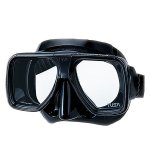
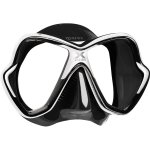
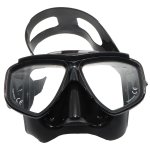
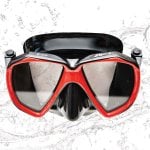
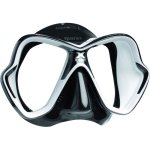
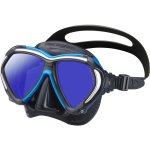
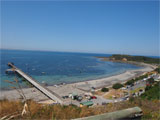
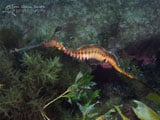
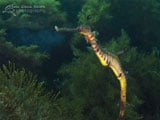
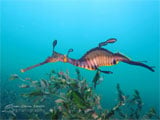
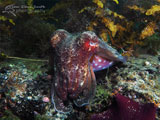
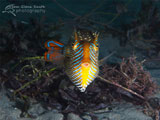
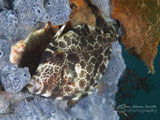
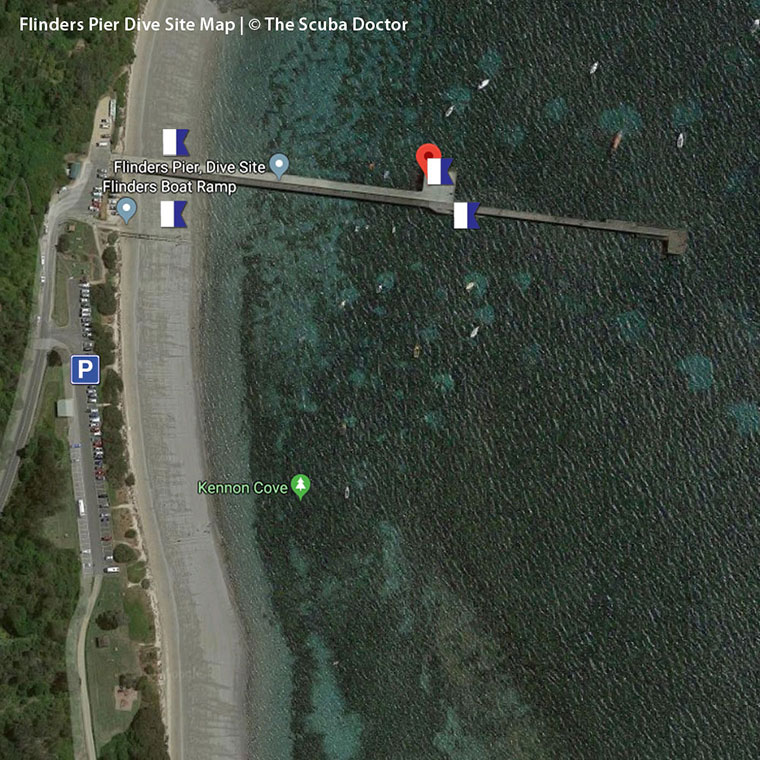
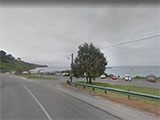
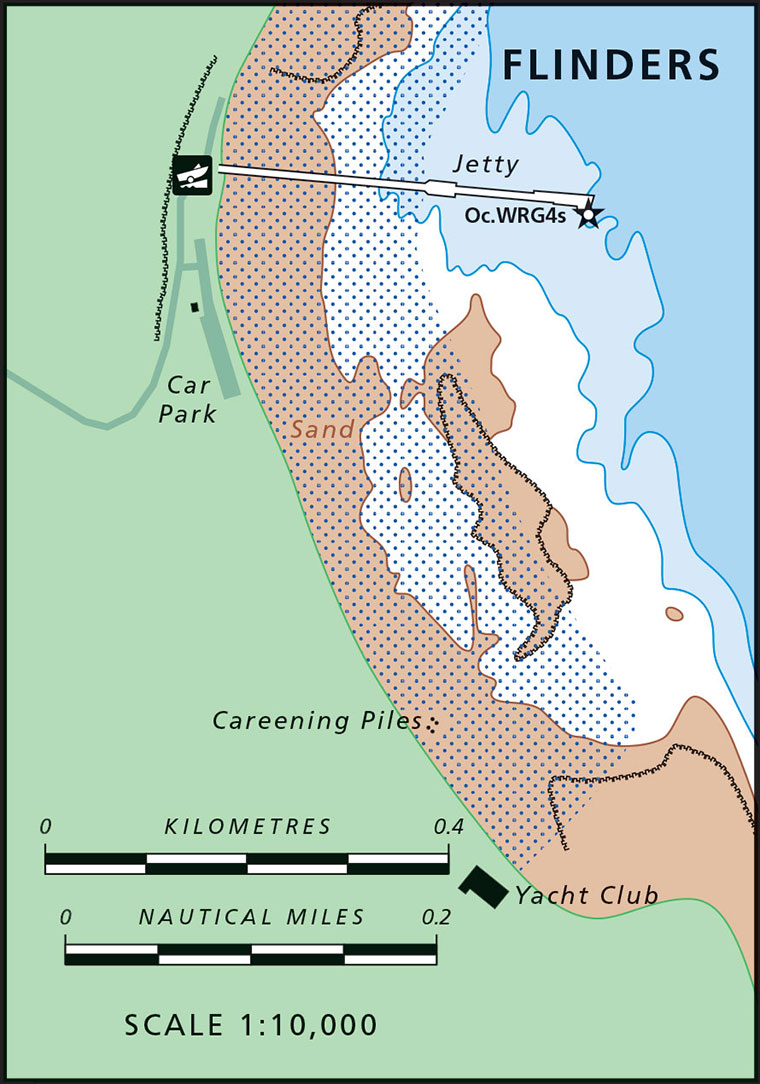
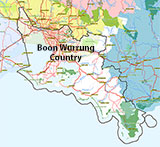







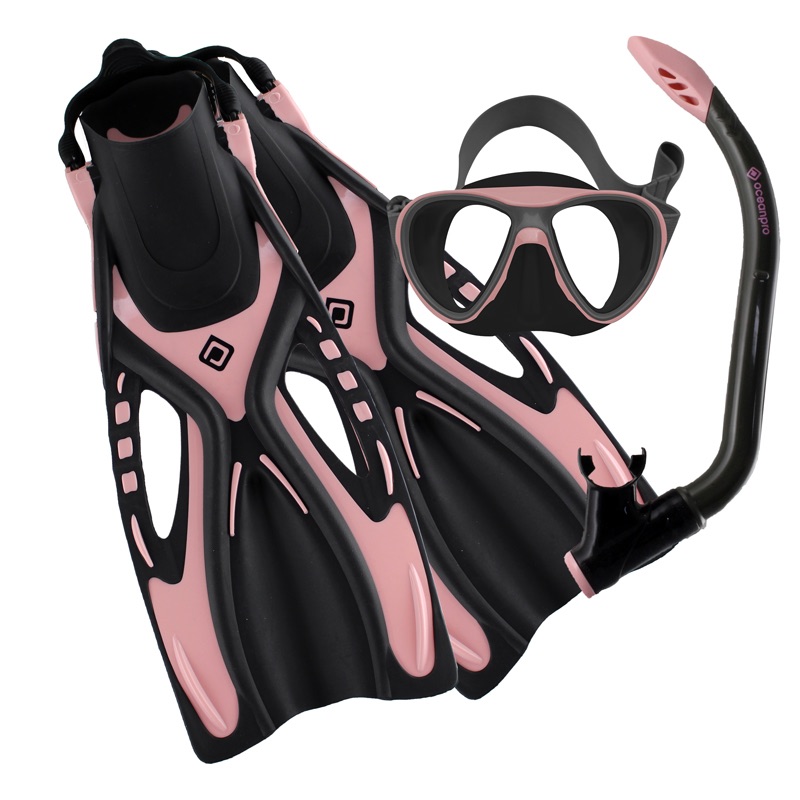

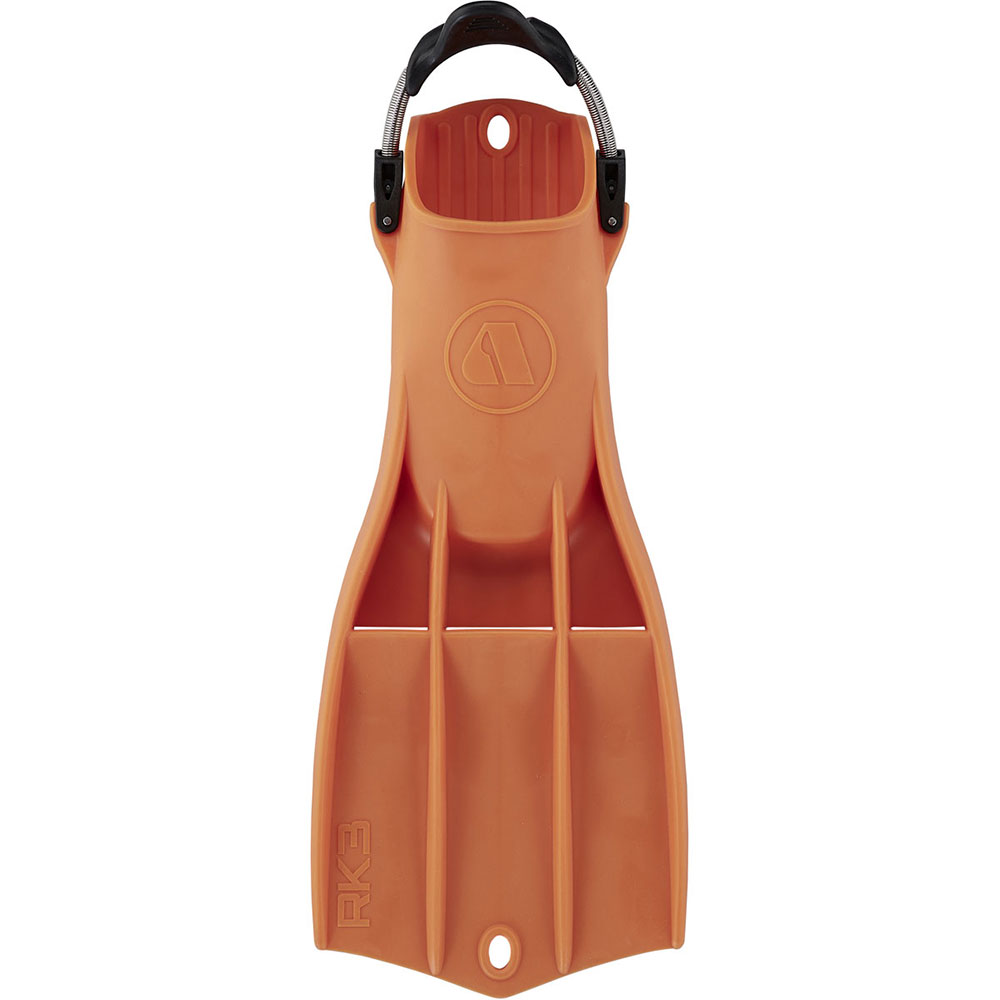



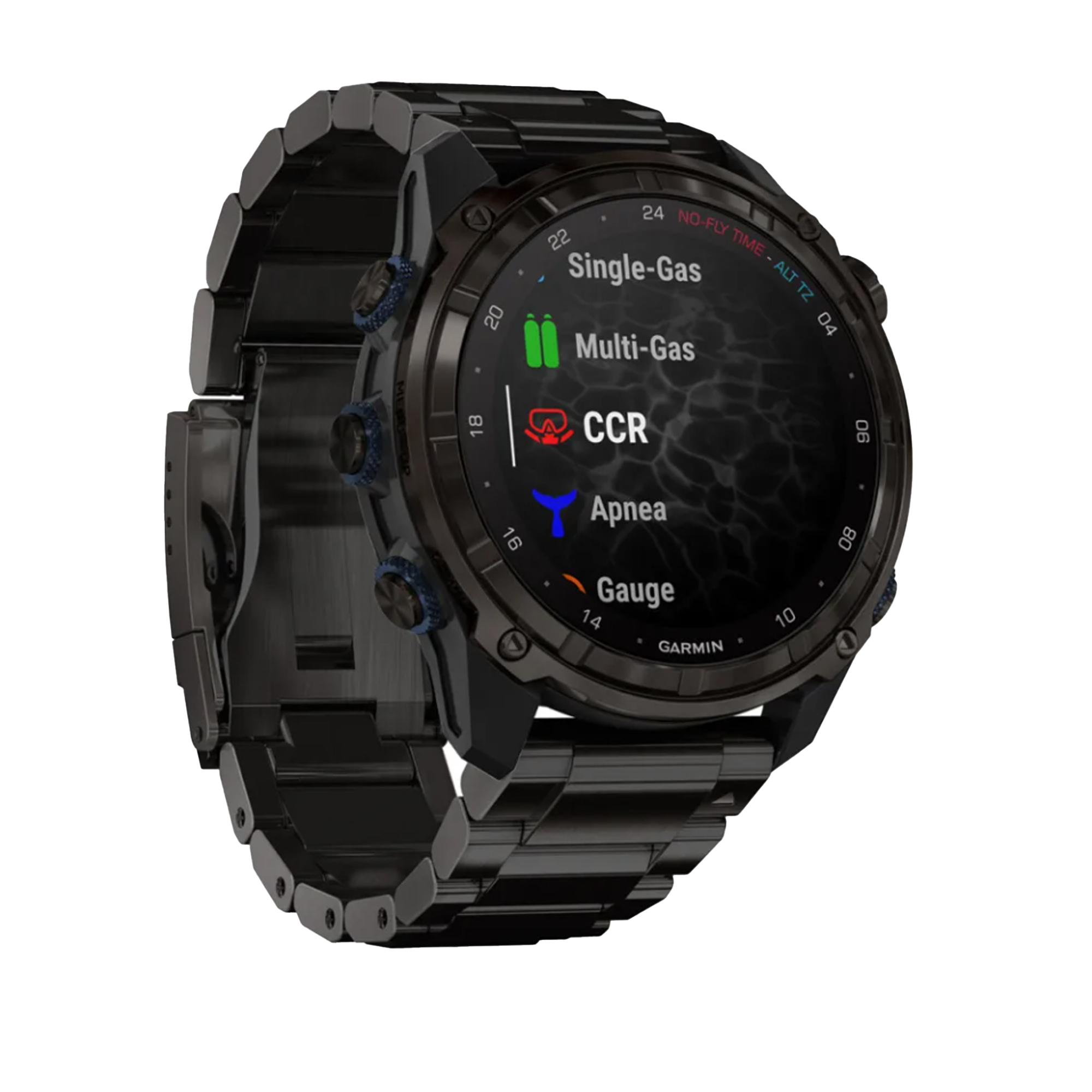

![Halcyon Infinity 30lb System [SS Small Backplate] Halcyon Infinity 30lb System [SS Small Backplate]](/diveshop/images/halcyon/Halcyon-Evolve-Wing.jpg)

















































































































